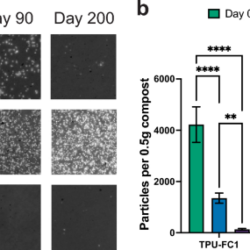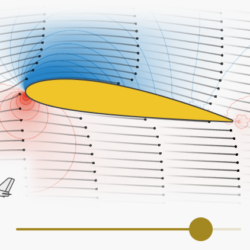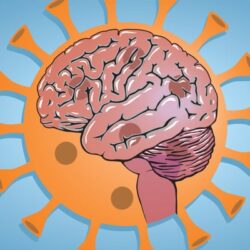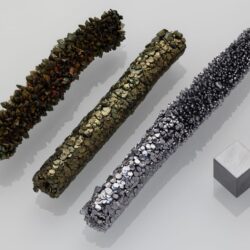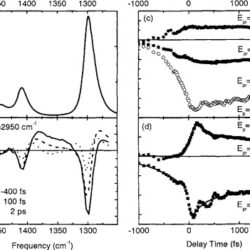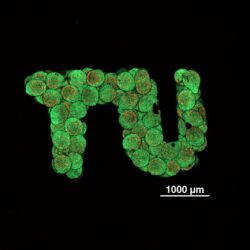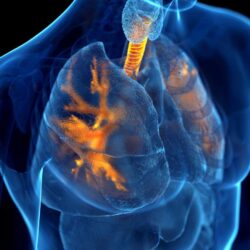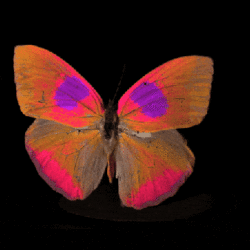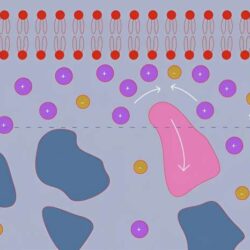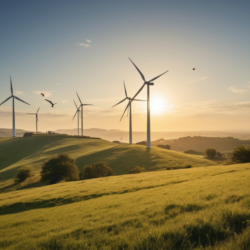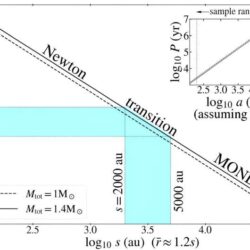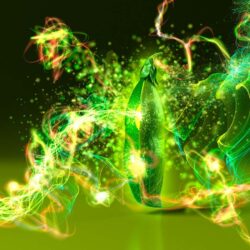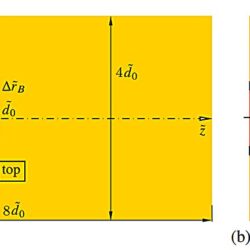Long covid linked to signs of ongoing inflammatory responses in blood
People who develop long covid after being hospitalised with severe covid-19 have raised levels of many inflammatory immune molecules compared with those who recovered fully after such a hospitalisation, according to a study of nearly 700 people. The findings show that long covid has a real biological basis, says team member Peter Openshaw at Imperial Read more about Long covid linked to signs of ongoing inflammatory responses in blood[…]


